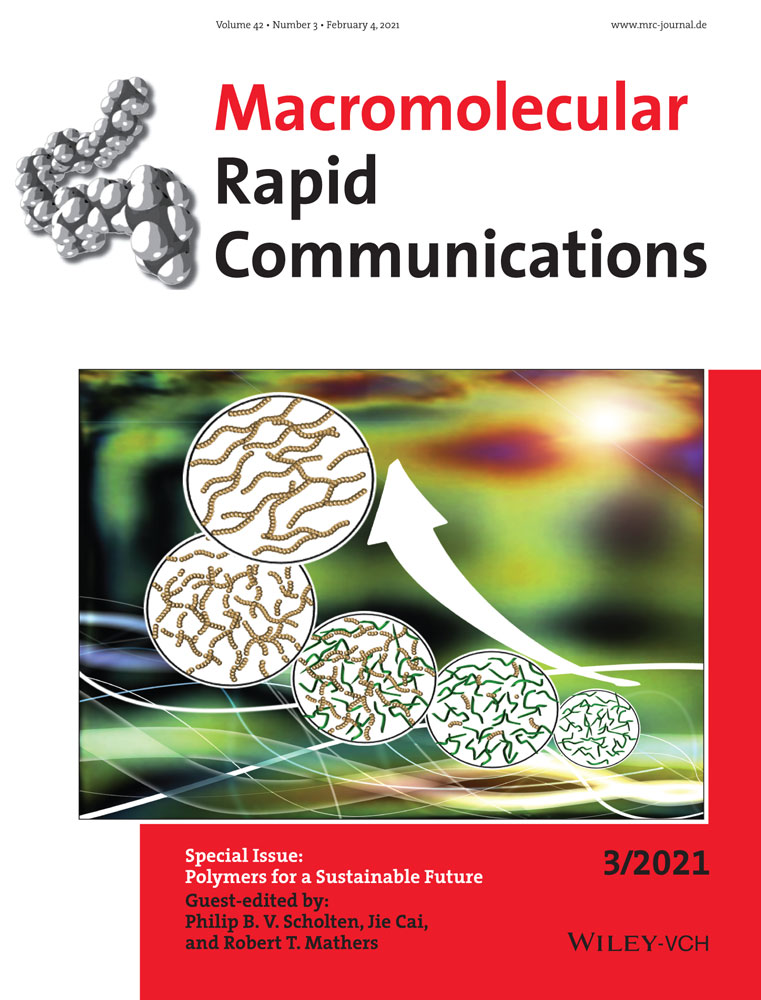Green Fabrication of Highly Conductive Paper Electrodes via Interface Engineering with Aminocellulose
Abstract
Herein, a novel, facile, and versatile approach to fabricate highly flexible and conductive paper is proposed by electroless deposition (ELD) with the assistance of aminocellulose as the interface layer. The obtained Cu nanoparticles (NPs)-coated cellulose paper is highly conductive with a significant low resistance of 0.38 Ω sq−1 after only 10 min of ELD treatment. This conductive cellulose paper shows excellent stability when it suffers from bending, folding, and tape adhesion cycles. With the same method, the Cu NPs can also be successfully deposited on the polypropylene (PP)-filled hybrid paper. The conductive paper exhibits very smooth and hydrophobic surface with high reflection, which can be used for special electronic devices. In a word, the fabrication of aminocellulose interface permits a controlled ELD of metal nanoparticles on paper substrate, and this mild and low-cost method opens up new opportunities for large-scale production of flexible and wearable electronics.
Conflict of Interest
The authors declare no conflict of interest.




